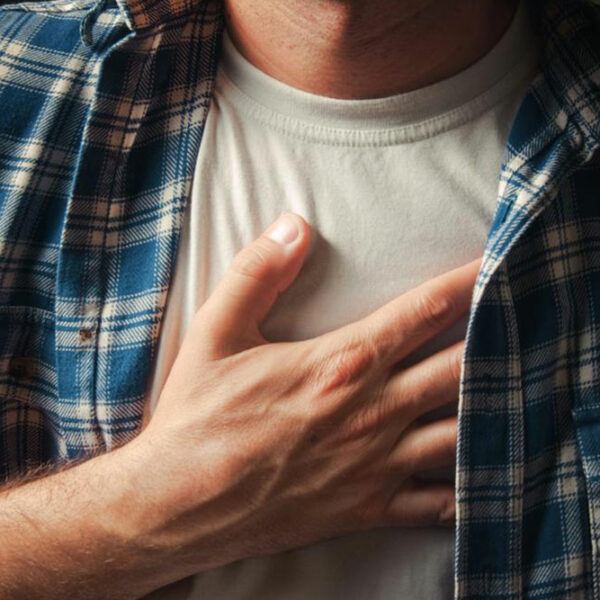
Here are a few things to know about sarcoidosis symptoms
An autoimmune disease, sarcoidosis mostly affects people between the ages of 20 and 40 years. It causes inflammation of critical organs including heart, brain, eyes, skin, lungs and so on. In most cases, sarcoidosis signs and symptoms occur when the disease attacks the lungs and the lymph nodes. Nodules or inflamed tissues develop in the affected organs of the body. Most often, sarcoidosis symptoms and signs do not surface, and the disease goes away on its own. But in certain rare cases, the symptoms may be so extreme that it becomes difficult to carry out daily routines. Classic sarcoidosis symptoms and signs The classic sarcoidosis symptoms and signs occur in the initial stage. When a patient is first diagnosed with sarcoidosis, they may experience the following symptoms: Occasional fever Enlargement of lymph nodes Arthritis with swollen joints that are painful Red bumps that are tender to touch on the front of the legs Joints near the bumps are swollen and painful The last two symptoms are together known as erythema nodosum. When these symptoms occur, it can be assumed that the sarcoidosis will go away after a few months or years without any treatments. Common sarcoidosis symptoms and signs The symptoms of sarcoidosis vary depending on the organ that has been affected by the disease.